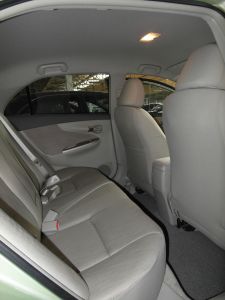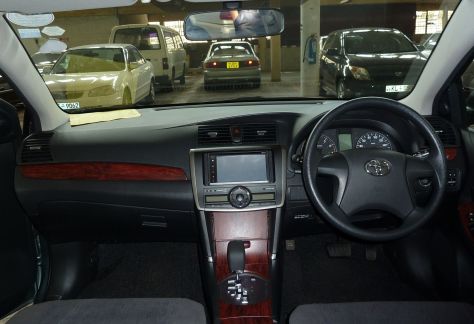With CVT gearboxes becoming a common feature on most cars that are being imported into Sri Lanka, specially after Toyota Japan has made it standard for all the common models (Axio, Allion, Premio, RAV4, etc). However a lot seem unclear what is different from the CVT, specially since Toyota went to great lengths making many changes to the implementation of the CVT in Toyota’s to make it look and feel like a normal auto, hiding some of the characteristics that easily enabled a driver to know if the car had a CVT or not.
This tweaking has made many feel that CVT gearboxes are just like auto boxes, when in reality they are engineered very differently. A simple and quick guide that i would like to point out to people is http://cars.about.com/od/thingsyouneedtoknow/a/CVT.htm. Hits the key points straight on such as the characteristics of a true CVT gearbox, and how manufacturers tweak it to hide the characteristics since most automatic users feel not comfortable with the normal jerky revy nature of the CVT gear ratio changes.
Important to note in CVT’s are,
1. There is no physical gear ratios, which in some ways makes it feel like a manual
2. The tiptronic buttons that say 5-speed, 7-speed simply are programing (software) implementation of ratios that gets applied as you change them, unlike in a true auto where it shifts into a different gear ratio
3. Though ATF oil was used in the past, issues faced by Honda with their CVT gearboxes and by Nissan in recent times have made auto makers develop a different gearbox / transmission fluid for CVT implementation. However the gearbox itself has gone through changes, such as torque converters which were not used in early CVT gearboxes to reduce the loss in efficiency (some say 10%) were reintroduced, and the findings that the CVT gearboxes generated more heat has seen coolers being installed to maintain temperatures. Hence the continued need for a higher cost CVT fluid maybe more marketing than fact, but with gearbox prices being high nobody wants to skimp to prove this 🙂
4. Implementations of the CVT gearboxes differ from manufacturer to manufacture, both in the physical as well as software. Honda implementations seem to favor retaining the revvy nature of the CVT, as Honda owners feel they are driving something sporty. However Toyota findings that their buyers preferred the automatics more smoother controlled changes has seen Toyota invest greatly to make the CVT gearbox mimic an auto. Nissan one of the pioneer CVT implementers and a company that actually started using it in larger cars has never got much of the spotlight though they have many different variations of CVT.
However with the emergence of the dual clutch automatic gearboxes, which has shown that cars equipped with it could shift faster than a manual gearbox has made the CVT the second best auto implementation compared to the manual. Dual clutch implementations are featured in many European cars, with VW group even having it on their cheap small cars such as the Polo. Sadly not seen much on this from the usual Japanese cars and companies.












